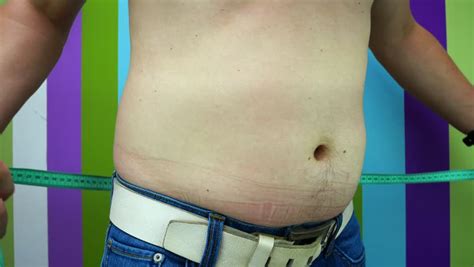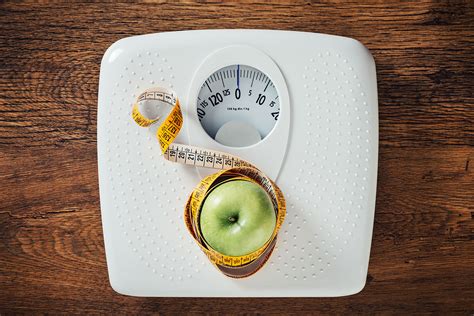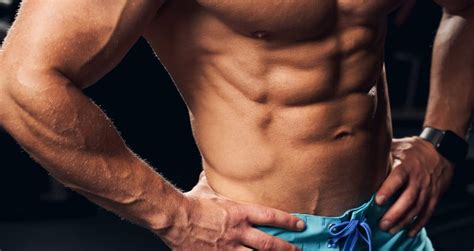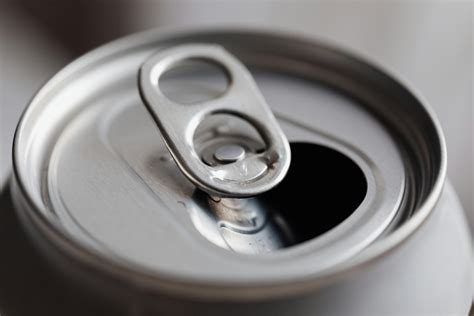Tackling Stubborn Belly Fat for Men Over 30
As men cross the 30-year mark, the battle against belly fat often feels like an uphill climb. Metabolism naturally slows, hormonal shifts (like a gradual decline in testosterone) can make fat accumulation around the midsection more pronounced, and lifestyle factors tend to become less forgiving. However, shedding that stubborn abdominal fat is entirely achievable with a strategic, consistent approach that combines smart nutrition, effective exercise, and healthy lifestyle habits.

The Dietary Blueprint: Fueling Fat Loss
Losing belly fat starts in the kitchen. No amount of crunches will reveal abs hidden beneath a layer of excess body fat. The fundamental principle is creating a sustainable calorie deficit, meaning you consume fewer calories than you burn, but the quality of those calories is just as crucial.
Prioritize Protein
- Why: Protein is highly satiating, helping to curb hunger and reduce overall calorie intake. It also has a higher thermic effect (meaning your body burns more calories digesting it) and is essential for preserving muscle mass during weight loss, which helps keep your metabolism humming.
- How: Aim for 1.6-2.2 grams of protein per kilogram of body weight daily. Include lean sources like chicken breast, fish, lean beef, eggs, Greek yogurt, and plant-based options like lentils and beans with every meal.
Smart Carb Choices
- Why: Not all carbs are created equal. Refined carbohydrates (white bread, sugary drinks, pastries) lead to rapid spikes in blood sugar and insulin, which can promote fat storage. Complex carbohydrates provide sustained energy and fiber.
- How: Focus on whole grains (oats, quinoa, brown rice), fruits, and a wide variety of vegetables. These are rich in fiber, which aids digestion, promotes fullness, and helps stabilize blood sugar.
Embrace Healthy Fats
- Why: While calorie-dense, healthy fats are vital for hormone production (including testosterone), nutrient absorption, and satiety.
- How: Incorporate sources like avocados, nuts, seeds, olive oil, and fatty fish (salmon, mackerel). Moderate intake is key due to their caloric density.
Hydration and Fiber
Drink plenty of water throughout the day to support metabolism, curb hunger, and improve digestion. Coupled with fiber-rich foods, this can significantly reduce bloating and promote a feeling of fullness.
The Workout Strategy: Ignite Your Metabolism
While diet creates the deficit, exercise optimizes body composition, builds muscle, and further boosts your metabolic rate. For men over 30, a combination of strength training and high-intensity interval training (HIIT) is particularly effective.

Prioritize Strength Training (2-4 times/week)
- Why: Muscle is metabolically active tissue, meaning it burns more calories at rest than fat. Building and maintaining muscle mass is crucial for men over 30, as sarcopenia (age-related muscle loss) can contribute to a slower metabolism.
- How: Focus on compound exercises that work multiple muscle groups simultaneously: squats, deadlifts, bench press, overhead press, rows. Aim for 3-4 sets of 8-12 repetitions, focusing on progressive overload (gradually increasing weight, reps, or sets).
Embrace High-Intensity Interval Training (HIIT) (1-2 times/week)
- Why: HIIT involves short bursts of intense exercise followed by brief recovery periods. It’s highly effective for burning calories in a shorter amount of time and can boost your metabolism for hours post-workout (the EPOC effect – Excess Post-exercise Oxygen Consumption).
- How: Examples include sprinting, burpees, jump squats, or kettlebell swings followed by a short rest. A 20-30 minute HIIT session can be incredibly potent.

Consistent Moderate Cardio (1-2 times/week)
While not the primary driver of fat loss, moderate-intensity cardio (like brisk walking, jogging, or cycling) for 30-45 minutes can contribute to your overall calorie deficit, improve cardiovascular health, and aid recovery from more intense workouts.
Don’t Forget Core Strength (but understand its role)
Exercises like planks, Russian twists, and bicycle crunches strengthen your core muscles, which is vital for posture and injury prevention. However, these do not directly burn belly fat; they build the muscles *underneath* the fat. Fat loss will reveal these muscles.
Lifestyle Factors for Lasting Results
Beyond diet and exercise, several often-overlooked lifestyle elements play a significant role in shedding stubborn belly fat.

The Power of Sleep
Lack of sleep can disrupt hormones that regulate appetite (ghrelin and leptin) and increase cortisol levels, which promotes belly fat storage. Aim for 7-9 hours of quality sleep per night.
Stress Management
Chronic stress also elevates cortisol, leading to increased visceral fat (the dangerous fat around your organs). Incorporate stress-reducing activities like meditation, yoga, spending time in nature, or hobbies you enjoy.
Consistency and Patience
Stubborn belly fat didn’t appear overnight, and it won’t disappear overnight. Consistency in your diet, workout routine, and lifestyle changes is paramount. Progress might be slow, but it will be steady if you stick with it. Track your progress (not just weight, but measurements, photos, strength gains) to stay motivated.

Conclusion
Shedding stubborn belly fat for men over 30 requires a multi-faceted approach. By focusing on a high-protein, fiber-rich diet with a calorie deficit, integrating strength training and HIIT into your routine, and prioritizing sleep and stress management, you can effectively combat metabolic slowdowns and hormonal shifts. Be patient, stay consistent, and celebrate small victories on your journey to a healthier, leaner you.




